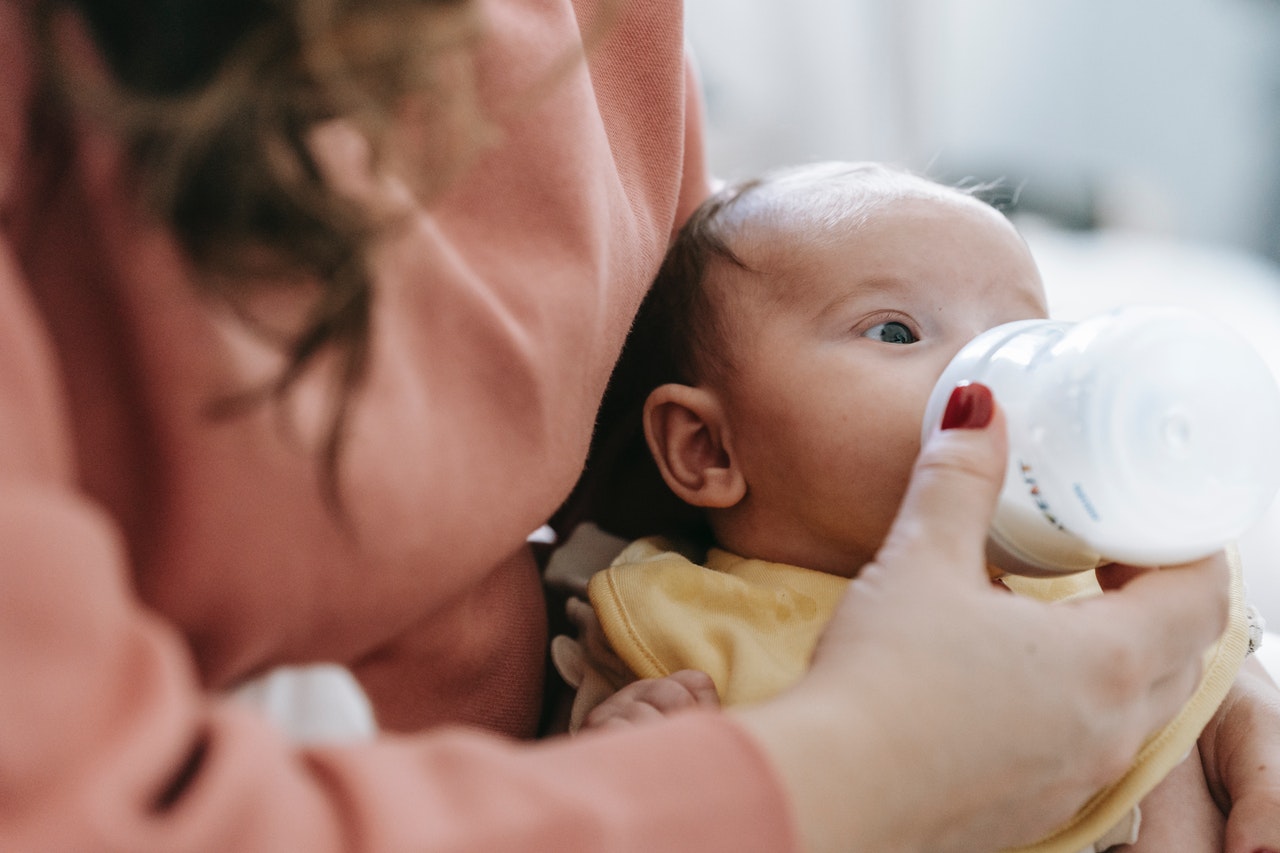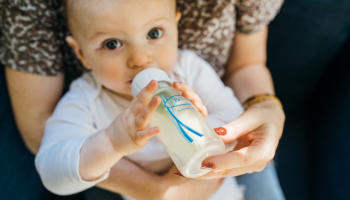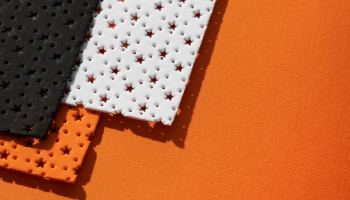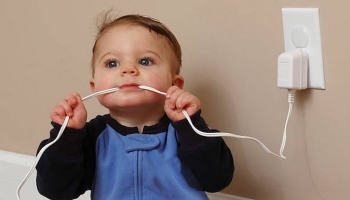
Having a baby is thrilling, especially for first-time parents. There are so many new facts to discover. One of these facts (and an important one) is baby bottles and nipples. Even if you nurse your baby, you may need to use a bottle at some time. Knowing how many baby bottles you need will help you get the right amount of bottles when purchasing.
The number of baby bottles required varies depending on whether you will use formula or breastfeed. It’s essential to have 8-10 bottles ready before your baby arrives. Until the baby is around four months old, you should start with four-ounce bottles and gradually increase to nine-ounce bottles.
Factors to Consider When Deciding on How Many Baby Bottles You Need
It’s a good idea to familiarize yourself with the many varieties of baby bottles before going shopping. Here are a few things to bear in mind.
The Size of the Bottle
Baby bottles come in various sizes, from the smallest (about 4-5 ounces) to the largest (about 8-10 ounces). Going directly to the larger bottles may save you money in the long term since newborn infants only drink a few ounces at a time.
The Bottle Material
Most baby bottles are made from plastic, but they can come in various materials, such as silicone and stainless steel.
- Plastic: Plastic bottles need to be changed more often than other varieties since they are shatterproof and lightweight. Secondhand plastic bottles may contain bisphenol A (BPA), which the Food and Drug Administration (FDA) has prohibited from infant bottles. When cooked in the microwave or dishwasher, we cannot be assured about the health and safety of plastics for children, especially when they are made from polyethylene terephthalate (PET).
- Glass: When it comes to sturdiness, glass is a popular choice for parents who want to keep their children safe, but it’s also more costly and fragile. It’s possible to purchase silicone sleeves to protect the glass bottle from breaking if it’s dropped.
- Silicone: These bottles are composed of food-grade silicone and free of BPA, making them lightweight and easy to use. They’re more challenging to get by and more expensive than other choices.
- Stainless Steel: These bottles are expensive, despite being sturdy and containing no pollutants. Another disadvantage is that you can’t see inside a stainless steel bottle, making it difficult to determine how much milk Baby drank. Plus it’s more difficult to heat the bottle up!
- Disposable Liners: Plastic liners are used in certain bottles that are thrown away after each use. There are certain drawbacks to disposable bottle liners, such as their high cost and environmental impact.
The Shape of the Bottle
Straight, angled (to prevent baby from ingesting air), or broad bottles are all available (which mimics breastfeeding to reduce nipple confusion). It is simpler to clean a bottle with a wider neck.
Nipples
Nipples come in several levels for varying flow rates; babies typically use level one nipples. Replace the nipples when the baby is ready for the next size, generally when they’re sucking violently or looking irritated while being fed. If the nipples are cracked, discolored, or thinned down, get new ones.
The nipple may also be made from various materials: When it comes to durability, silicone is more complex and long-lasting than latex. As a precaution, be aware that some newborns are sensitive to rubber.
Venting Features
It is possible to control the quantity of air that a baby takes in using bottles with appropriate venting mechanisms. This may help minimize gas and spit-up, which may, in turn, lessen fussiness. Colicky infants may benefit from the usage of venting bottles.
What Combination of Baby Bottles and Nipples Do I Need?
Baby bottles and nipples come in many varieties. Choosing a bottle or nipple that the baby likes is the most crucial consideration. When you’re a new mom, you will be doing a lot of cleaning and maintenance, so it’s critical that you feel confident utilizing these items. Looking at the type of bottle and nipple blow will help you to make the right combination.
Bottles
Glass bottles have been used for centuries. In addition to being devoid of chemicals, they’re also more durable and endure longer. There is, however, a risk of breakage and a higher cost. Bottles may be protected from harm using silicon covers.
Indeed, plastic bottles don’t break, but they wear out and need to be changed periodically. Keep an eye out for broken or damaged containers. To be on the safe side, avoid products that contain bisphenol-A (BPA) and look for the label that says “BPA-Free.” Here are some additional tips that will help you when choosing your baby bootle:
- If you’re using a breast pump, make sure you get the same type of bottles to express milk directly into them.
- Purchase water bottles with a wider opening. To clean, they are more convenient.
- There are disposable liners for bottles. Keeping the bottle clean is a lot simpler since the milk doesn’t come into contact with it.
- Try angled necked bottles if your infant is colicky. They prevent gas from forming.
- Keep an eye out for bottles that may be transformed into sippers as your child develops.
Nipples
Every infant is one-of-a-kind in its way. You and your neighbor’s children may have different preferences when it comes to nipples. It cannot ensure that the breast/bottle combo will work for all newborns since no nipple mimics a breast.
Different types of nipples (latex or silicone) exist in various forms, sizes, and hardness levels. There is no scientific proof for your infant that one form of the nipple is superior to the other. When it comes to drinking, some newborns prefer a particular sort of nipple, while others can handle any type. To discover the one that works best for your child, you may have to experiment with a few different kinds.
Nipples come in a variety of flow rates from various manufacturers. Because your infant is still developing, a slow-flowing nipple is ideal for newborns. When breast milk enters the mouth too rapidly, many infants choke. You may upgrade your baby’s breast flow speed as they grow older.
Bottom Line
From three to six weeks of age, you may begin giving your infant formula in a bottle. Your infant may have a more challenging time utilizing a bottle after that. And also, remember that your baby is in charge of picking the best bottle for them.








